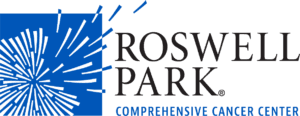Our Current team members
Meet Our TEAM
We are a group of scientists with a vision to get the affordable PDT treatment available to every patient who needs it.
How it All Started…
As the mother of PDT, Professor Hasan has always wanted to apply PDT for oral cancers in her home country, India, where oral cancer is a pandemic. Finally, in 2014, she and Professor Celli received a $4 million NIH grant to develop a low-cost technology for resource-limited settings. They did a 30-patient clinical trial for early oral cancers at Aligarh Muslim University. The results were fantastic: 73% one-time complete curing rate without much side effect except being photosensitive for 24 hours. In 2022, they received another $4 million grant for a second clinical trial in India with more patients.
Who We Are
Our Team
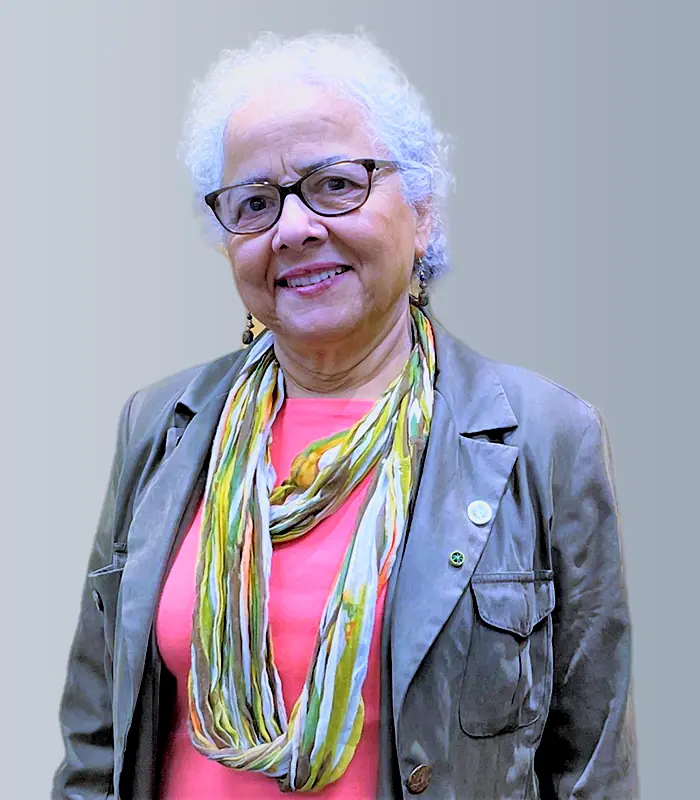
Tayyba Hasan, Ph.D.
Co-founder
Professor at Harvard Medical School
“Mother of PDT”

Hao Zhao, Ph.D.
Co-founder, angel investor
Chairman of QPC laser Inc. (U.S.)

Tayyba Hasan, Ph.D.
Co-founder
Professor at Harvard Medical School
“Mother of PDT”

Hao Zhao, Ph.D.
Co-founder, angel investor
Chairman of QPC laser Inc. (U.S.)
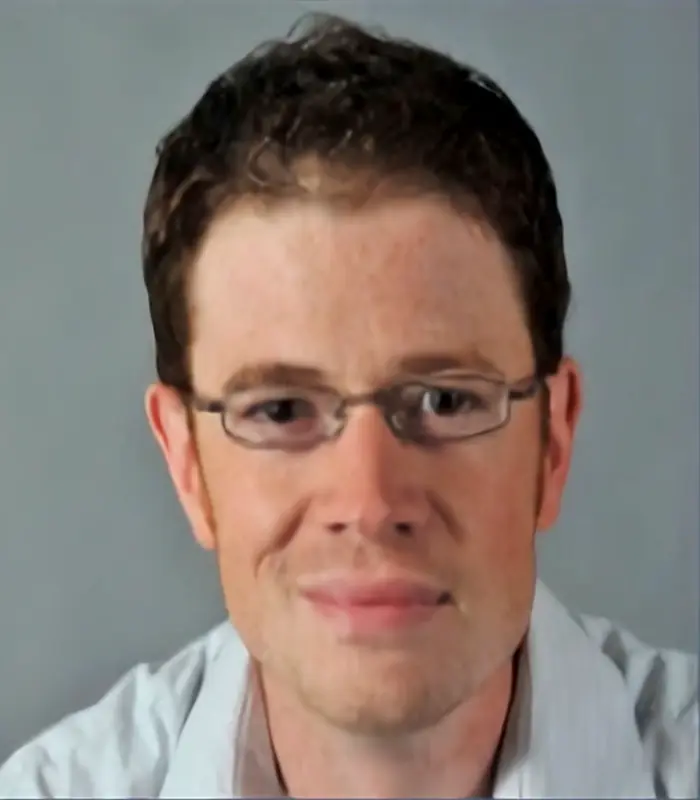
Jonathan Celli, Ph.D
Co-founder
Professor at University of Massachusetts Boston, Renowned PDT scientist
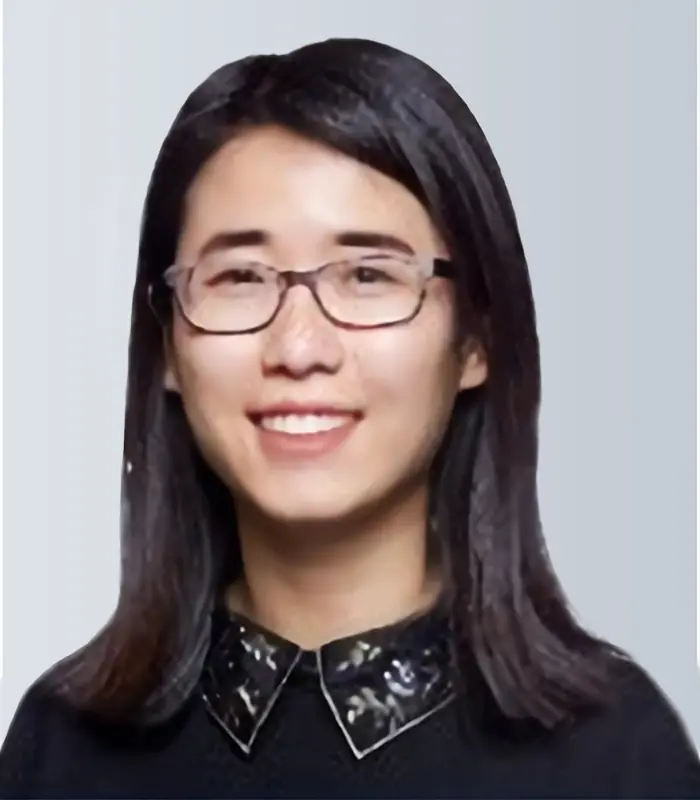
Hui Liu, Ph.D., MBA
Co-founder
Chief fiber laser scientist at Acclaro Medical
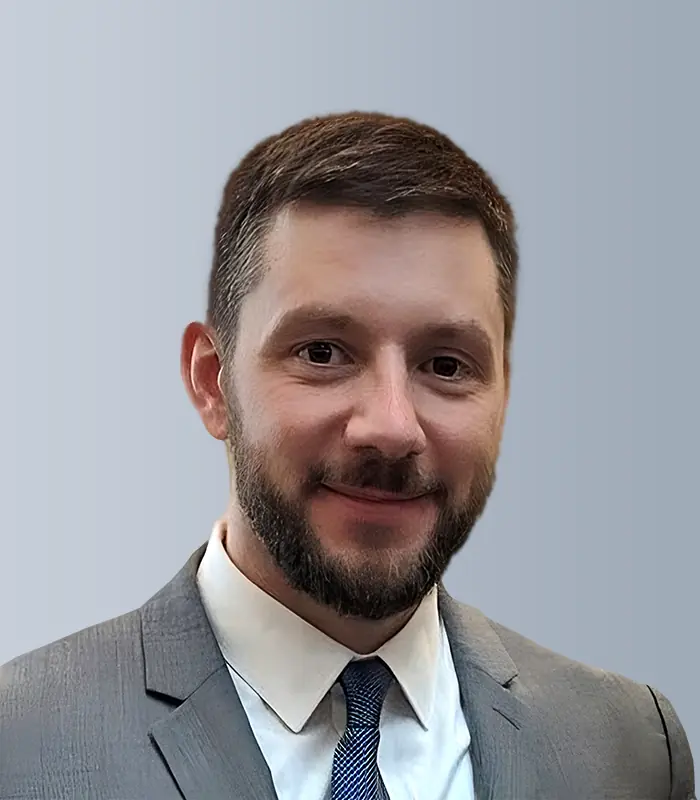
Filip Cuckov, Ph.D.
Co-founder
Director of ECUAS lab at Northeastern University, Computer Engineer
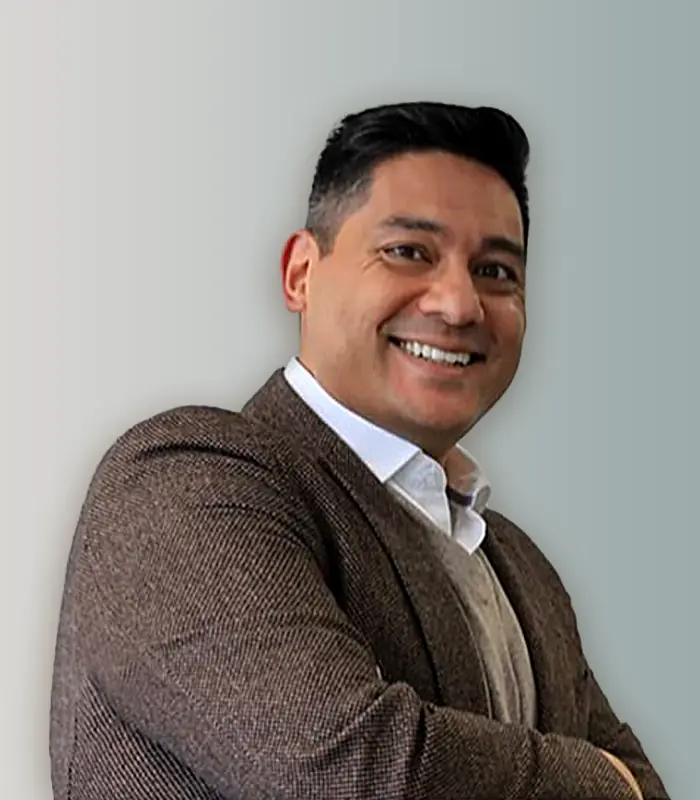
Lawrence Ganti, MBA
Independent director
EIR at Babson College, Former CEO of Merck India and Latin America

Colin Hopper, M.D.
Clinical Advisor
Head and Neck Surgeon, President of International photodynamic association
Doctor Approved
Trusted By Doctors Around the World.
"Over 1,500 patients (a mixture of presentations including primary, recurrent, and metastatic lesions) have been treated with PDT using Photofrin, HPD, ALA, or Foscan for head and neck cancers. The predominant histology is squamous cell carcinoma, but other histologies treated include mucosal melanoma, Kaposi’s sarcoma, adenocarcinoma, metastatic breast carcinoma, and adenoid cystic carcinoma."
- Biel, Methods in Molecular Biology, 2010.


